Finding the perfect travel spot can be tough. Marrakech, Morocco, is a city full of color and life. We’ll show you its history, culture, and where to find the best food. Ready for an adventure?
Key Takeaways
- Marrakech is an ancient city founded in 1062, mixing history with vibrant modern life.
- Major attractions include Jemaa el-Fnaa square, Medina of Marrakech, Majorelle Garden, and Bahia Palace.
- Visitors can enjoy traditional Moroccan crafts, music, theater, dance, as well as festivals like the National Folklore Festival.
- Local cuisine features dishes such as tagine and couscous. There are many restaurants and street food stalls to explore.
- The Atlas Mountains offer outdoor adventures while riads provide unique places to stay in Marrakech.
History and Geography of Marrakech
Marrakech sits in the west of Morocco. It is close to the foothills of the snow-capped Atlas Mountains. The city began its story over a thousand years ago, in 1062. It was founded by the Almoravid king, Yusuf ibn Tashfin.
Marrakech has grown much since those days. Now, it mixes old and new in exciting ways.
This city was once an imperial capital for centuries. Its rich past can be seen even today. Markets buzz with life just as they did back then; winding streets tell tales of bygone eras; palaces and mosques show off Marrakech’s grandeur through history.
The geography helps too – from lush gardens to desert stretches nearby, adding to its unique charm.
Top Attractions in Marrakech
Explore the vibrant energy of Jemaa el-Fnaa, a bustling square filled with street performers and food stalls. Wander through the historic Medina of Marrakech, a maze of narrow alleyways and traditional souks offering an authentic taste of Moroccan culture.
Immerse yourself in the serene beauty of Majorelle Garden, adorned with colorful flora and unique architectural wonders. Step into the opulent Bahia Palace to marvel at its intricate decor and exquisite craftsmanship.
Jemaa el-Fnaa
Jemaa el-Fnaa is the heart of Marrakech. It’s alive with musicians, dancers, and storytellers by day. Food stalls fill the square at night, offering tasty treats. Around it, you’ll find markets selling spices, leather goods, and more.
This place shows real Moroccan culture. Here, snake charmers share space with juice vendors. The mix of smells from food stalls mixes with the sounds of local music. It’s a must-see for anyone visiting Marrakech.
Medina of Marrakech
The Medina of Marrakech is a bustling, historic heart full of narrow streets and old buildings. Here, travelers can wander through endless souks or markets. They will find spices, textiles, pottery, and jewelry made by local artisans.
The walls that surround this ancient city part date back to the Berber Empire, adding to its charm and sense of history.
Visitors often feel like they’ve stepped back in time as they explore. Each corner offers something new: from traditional Moroccan crafts to street food stalls selling delicious treats.
Next up is Majorelle Garden, where beauty takes a different form.
Majorelle Garden
Majorelle Garden, a 12-acre botanical garden in Marrakech, is renowned for its vibrant blue buildings and diverse collection of plants. Created by French painter Jacques Majorelle in the 1920s and later restored by fashion designer Yves Saint-Laurent, it houses over 300 plant species from five continents, including exotic cacti and towering palms.
The garden also features water lilies floating on the cobalt-blue ponds along with fountains designed to create a soothing ambiance for visitors.
Moreover, Majorelle Garden boasts architectural marvels like the Islamic Art Museum of Marrakech which displays North African textiles and ceramics. Its tranquil atmosphere makes it an ideal retreat after exploring the bustling streets of Marrakech’s Medina or participating in vibrant cultural festivities.
This breathtaking oasis attracts thousands of tourists annually, offering them a peaceful respite amidst nature’s beauty while showcasing Morocco’s rich flora.
Flesch-Kincaid Level: 6.8
Bahia Palace
Bahia Palace, built in the late 19th century, is an architectural gem located in the heart of Marrakech. This historic palace boasts intricate tile work, ornate wood carvings, and lush gardens.
The name “Bahia” means brilliance and illustrates the stunning craftsmanship found throughout this magnificent structure. It was once home to Bou Ahmed, a former grand vizier of Morocco.
The palace covers eight hectares and includes over 150 rooms adorned with colorful mosaics and delicate stucco work. Visitors can wander through the expansive gardens filled with citrus trees and fragrant jasmine.
Exploring Bahia Palace offers a glimpse into Morocco’s rich history and opulent lifestyle during the reign of Sultan Moulay Hassan.
Cultural Highlights
Discover the vibrant world of traditional Moroccan crafts, music, theater, and dance. Immerse yourself in the colorful tapestry of festivals and celebrations that showcase the rich cultural heritage of Marrakech.
Traditional Moroccan Crafts
Morocco is famous for its traditional crafts, and Marrakech is the perfect place to experience this rich heritage. The city’s souks are filled with vibrant stalls where artisans practice their time-honored trades.
You’ll find intricate handwoven carpets, colorful ceramics adorned with geometric patterns, and finely detailed metalwork such as lanterns and trays. The leather tanneries offer an enthralling insight into the ancient art of dyeing leather using natural pigments like saffron and mint.
The art of pottery in Marrakech dates back centuries, with potters skillfully shaping clay into beautiful tagines and ornate tableware. Another prominent craft is the creation of traditional textiles like Berber rugs made from sheep’s wool or camel hair.
These crafts not only reflect Morocco’s cultural roots but also provide a unique opportunity for travelers to purchase authentic souvenirs that support local artisans.
Music, Theater, and Dance
Marrakech pulsates with vibrant music, colorful theater performances, and lively traditional dances. The city’s rich cultural heritage is showcased through the spellbinding rhythms of Berber folk music and the mesmerizing moves of Moroccan dance.
Visitors can immerse themselves in an authentic cultural experience by attending a traditional Gnawa music performance or witnessing a thrilling display of Fantasia horse-riding skills at a local festival.
Theaters in Marrakech present captivating performances ranging from classical Moroccan plays to contemporary interpretations, offering travelers a delightful insight into the country’s artistic prowess and storytelling traditions.
At various venues across the city, both locals and visitors can partake in dynamic dance classes to learn traditional Moroccan movements like the mesmerizing belly dancing or energetic chaabi steps.
Additionally, tourists frequently engage in immersive experiences such as exploring historical sites that serve as backdrops for open-air concerts showcasing Morocco’s diverse musical genres – from Andalusian melodies to Amazigh tunes.
All these elements intertwine seamlessly to provide an enchanting glimpse into Morocco’s cultural tapestry through its music, theater, and dance offerings.
Festivals and Celebrations
Marrakech hosts several annual festivals, including the National Folklore Festival which celebrates Moroccan traditions through music, dance, and theater. The popular Marrakech Popular Arts Festival showcases traditional arts and crafts with vibrant street performances throughout the city.
Another notable celebration is the Rose Festival in the nearby Dades Valley where locals celebrate the rose harvest with parades, music, and cultural activities. These events offer an immersive experience into Morocco’s rich cultural heritage and are a must-see for visitors seeking an authentic taste of local traditions.
The International Film Festival of Marrakech attracts renowned filmmakers from around the world each December to showcase a diverse range of cinema. This festival contributes to Marrakech’s status as a vibrant center of art and culture in North Africa.
Additionally, religious holidays such as Eid al-Fitr and Eid al-Adha are celebrated with fervor throughout the city, offering visitors an opportunity to witness important Islamic traditions and join in communal festivities.
These festivals provide unique insights into Moroccan life and add depth to any traveler’s experience in this enchanting destination.
Local Cuisine and Food Experiences
Discover the rich tapestry of traditional Moroccan dishes and the vibrant food scene in Marrakech. Explore popular restaurants and street food stalls serving up authentic flavors that will tantalize your taste buds.
Traditional Moroccan Dishes
Moroccan cuisine offers a rich and diverse culinary experience. Here are some traditional dishes that you should definitely try while visiting Marrakech:
- Tagine: A flavorful stew cooked in a conical clay pot, typically made with meat, poultry, or fish, along with vegetables and aromatic spices like saffron, cumin, and cinnamon.
- Couscous: A staple dish made of small steamed balls of crushed durum wheat semolina, often served with a savory stew of meat or vegetables.
- Pastilla: A sweet and savory pie made with layers of thin pastry filled with pigeon or chicken, almonds, eggs, and spices then dusted with powdered sugar and cinnamon.
- Harira: A hearty tomato-based soup cooked with lentils, chickpeas, rice, and various herbs; usually enjoyed during Ramadan to break the fast.
- B’stilla: A delicate pastry filled with shredded meat (often duck), almonds, and eggs seasoned with exotic spices such as saffron and cinnamon.
- Mechoui: Roasted lamb or goat traditionally slow-cooked in underground pits for hours until tender; a favorite dish at festive occasions.
- Kefta Tagine: Meatballs seasoned with aromatic Moroccan spices like cumin and coriander simmered in a tomato-based sauce; often served with crusty bread for soaking up the delicious sauce.
- Mint Tea: Not just a beverage but an integral part of Moroccan hospitality; green tea steeped with fresh mint leaves and sweetened liberally with sugar.
Popular Restaurants and Street Food
Marrakech offers a diverse culinary scene, with a mix of traditional Moroccan dishes and vibrant street food. Here are some popular dining options to explore in the city:
- Sample flavorful tagines and couscous at Nomad, a modern rooftop restaurant overlooking the bustling Medina.
- Enjoy delicious Moroccan pastries and sweets at Patisserie des Princes, located near Jemaa el-Fnaa square.
- Experience an array of street food delights at the lively Djemaa el-Fnaa night market, where you can savor local specialties like merguez sausages, snail soup, and grilled meats.
- Discover the authentic flavors of Marrakech by visiting Food Stalls in Jemaa el-Fnaa, offering a wide range of grilled meats, kebabs, and seafood dishes prepared right in front of you.
- Immerse yourself in the vibrant atmosphere of Rahba Kedima Square’s spice market while sampling an assortment of aromatic spices and traditional Moroccan ingredients for your own culinary creations.
- Enjoy a refreshing break at Café Des Épices which provides a relaxing ambiance along with delectable cuisine such as salads, sandwiches, and freshly squeezed juices amid the bustling souks.
- Savor classic Moroccan street foods like harira soup or bissara (fava bean soup) as you explore the narrow alleyways of Marrakech’s historic Medina for an authentic local experience.
Exploring Marrakech’s Architecture
Discover the intricate beauty of Marrakech’s architecture, from the ornate designs of its riads to the grandeur of its mosques. Wander through the city walls and gates that stand as testaments to its history and immerse yourself in the captivating blend of Berber and Islamic influences woven into every structure.
Riads
Riads are traditional Moroccan houses with inner courtyards, usually featuring a garden or a small pool. These unique accommodations offer an authentic experience of Marrakech’s architectural heritage.
Many riads have been converted into boutique hotels, providing travelers with a cozy and intimate atmosphere to relax in after exploring the bustling streets of the city. Some well-known riads date back centuries and showcase exquisite craftsmanship, intricate tile work, and ornate wood carvings that reflect the rich history and culture of Morocco.
Many riads also offer personalized services such as home-cooked meals, guided tours, and hammam spa experiences. Staying in a Riad allows visitors to immerse themselves in the local way of life while enjoying modern comforts in an enchanting setting.
Mosques
Koutoubia Mosque, an iconic symbol of Marrakech, dates back to the 12th century. It stands as a magnificent example of Almohad architecture and is famous for its soaring minaret. The mosque’s stunning design includes intricate geometric patterns and decorative arches, making it a must-see for architectural enthusiasts.
Another notable mosque is the Ben Youssef Mosque, recognized for its historical significance and ornate details. Visitors can appreciate the craftsmanship of the mosaics and woodwork that adorn this sacred place.
These mosques offer a glimpse into both Marrakech’s religious traditions and its rich cultural heritage, providing tourists with meaningful insights into local life.
City Walls and Gates
After exploring the grandeur of the mosques in Marrakech, visitors can marvel at the ancient city walls and gates that still stand today. The city is enclosed by 12 miles of terracotta-colored walls dating back to the Berber Empire.
These impressive ramparts are studded with monumental gates, including Bab Agnaou and Bab el Khemis, showcasing intricate tilework and calligraphy.
The city walls provide a glimpse into Marrakech’s rich history; they were built in the 12th century for defense against invasions. They serve as a stunning reminder of the city’s past as an imperial stronghold.
Today, visitors can stroll along these fortifications, taking in panoramic views of both ancient and modern Marrakech beyond its protective embrace.
Outdoor Adventures and Nature
Discover Marrakech’s breathtaking natural wonders – from the majestic Atlas Mountains to the serene Agafay Desert. Uncover a world of outdoor adventures and nature in this enchanting city.
Read on for more exciting experiences!
Atlas Mountains
The Atlas Mountains in Morocco offer stunning natural beauty and outdoor adventures. These mountains stretch for about 1,600 miles across North Africa, providing a breathtaking backdrop for hiking, trekking, and nature exploration.
The highest peak is Toubkal Mountain, standing at an impressive 13,671 feet. It’s a popular destination for trekkers and climbers seeking panoramic views of the surrounding landscape.
The area also boasts picturesque valleys where visitors can experience the traditional Berber culture and witness their unique way of life.
In addition to being a hub for adventure seekers, the Atlas Mountains are home to diverse flora and fauna. Visitors have the opportunity to spot wildlife such as Barbary macaques or take part in eco-tourism activities aimed at preserving the region’s natural environment.
Whether you’re looking for an adrenaline-pumping hike or simply want to marvel at breathtaking scenery, the Atlas Mountains offer an unforgettable experience deeply rooted in Morocco’s rich natural heritage.
Agafay Desert
The Agafay Desert, just a short drive from Marrakech, offers a unique desert experience without traveling all the way to the Sahara. Unlike the vast sand dunes of the Sahara, Agafay features rocky plains and arid hills.
It’s an ideal spot for activities like camel rides, quad biking, and stargazing due to its clear skies. The desert’s close proximity to the city makes it convenient for day trips or overnight stays in traditional Berber camps.
With its rugged beauty and tranquil atmosphere, the Agafay Desert provides an excellent escape from city life. Visitors can enjoy peaceful walks amidst stunning natural landscapes as they soak in breathtaking views of snow-capped Atlas Mountains on clear days.
Practical Travel Tips
Plan your visit to Marrakech during the shoulder seasons of spring and fall for comfortable weather, research transportation options beforehand for a smooth arrival, and explore various accommodations from traditional riads to modern hotels.
Read more about these practical travel tips in our complete blog post!
Best Times to Visit
The best time to visit Marrakech is during the shoulder seasons of spring (April to May) and autumn (September to October). During these times, the weather is pleasant with temperatures ranging from 70°F to 80°F, making it ideal for exploring the city’s attractions and outdoor adventures.
Additionally, this period allows you to avoid the scorching heat of summer and the high tourist influx that comes with it.
During winter, from December to February, temperatures can drop quite low at night although daytime can be mild. This season is also an excellent time for those seeking fewer crowds and lower accommodation rates.
However, do note that some outdoor activities like trekking in the Atlas Mountains may be limited as snowfall occurs at higher altitudes during this time. Overall, traveling during these times provides a more comfortable experience without extreme weather conditions or overwhelming tourist numbers.
Whether you are interested in cultural highlights or local cuisine experiences, Marrakech has something unique for every traveler.
Transportation Options
Marrakech offers various transportation options for getting around the city and exploring its surrounding areas. Here are the most convenient ways to travel in and around Marrakech:
- Taxis: Taxis are a popular mode of transportation within the city. They can be easily hailed on the streets or found at designated taxi stands. Make sure to negotiate the fare before starting the journey.
- Horse-Drawn Carriages (Caleches): Caleches offer a charming and traditional way to tour the city, especially around the Medina and other historical sites.
- Bicycles: Renting bicycles is an excellent way to explore Marrakech at your own pace while enjoying the sights and sounds of this vibrant city.
- Public Buses: The city has an extensive bus network that connects various parts of Marrakech, including key attractions and neighborhoods.
- Hop-On Hop-Off Tourist Buses: These specially designed buses offer convenient hop-on, hop-off services with stops at major tourist attractions, providing an easy way to explore the city’s highlights.
- Private Transfers: For longer excursions or exploring nearby areas such as the Atlas Mountains or Agafay Desert, consider hiring a private car or arranging a guided tour with transportation included.
Remember that while traveling in Marrakech, it’s essential to plan your routes in advance and be mindful of local customs and regulations regarding transportation.
Where to Stay
When planning a trip to Marrakech, it’s essential to consider accommodation options. Here are some top recommendations for where to stay in this vibrant city:
- Riads: Experience traditional Moroccan hospitality by staying in a riad, a traditional house with a courtyard often converted into a small hotel.
- Luxury Hotels: Enjoy the city’s opulence at luxury hotels like La Mamounia, known for its exquisite architecture and lush gardens.
- Budget-Friendly Guesthouses: For those seeking affordable options, there are numerous guesthouses and economical accommodations within the Medina and surrounding areas.
- Boutique Hotels: Explore unique boutique hotels offering personalized service and stylish amenities, providing an intimate and authentic Marrakech experience.
- Palmeraie Resorts: Escape the hustle and bustle of the city center by staying in one of the luxurious resorts located in the tranquil Palmeraie area just outside of Marrakech.
Conclusion
Marrakech, Morocco, is a captivating city with a rich history and vibrant culture. From the bustling Jemaa el-Fnaa to the serene Majorelle Garden, there’s something for every traveler.
The traditional Moroccan cuisine and breathtaking architecture make Marrakech an unforgettable destination. With its stunning landscapes and warm hospitality, Marrakech offers an immersive experience that will leave you wanting more.
Go on, start planning your trip to this enchanting imperial city—it’s a journey you won’t forget!
FAQs
1. What is Marrakech, Morocco known for?
Marrakech is known for its vibrant markets, stunning architecture, and rich culture. The city has beautiful palaces and gardens that attract many visitors each year.
2. When is the best time to visit Marrakech?
The best time to visit Marrakech is during spring or fall. The weather is mild then, making it perfect for exploring the city’s sights without feeling too hot.
3. How can I get around in Marrakech?
You can get around in Marrakech by walking, taking a taxi, or using local buses. Walking lets you see more of the streets and shops up close while taxis are convenient for longer distances.
4. What should I try when eating in Marrakech?
When eating in Marrakech, be sure to try traditional dishes like tagine and couscous. You’ll also find delicious street food options that give you a taste of local flavors!
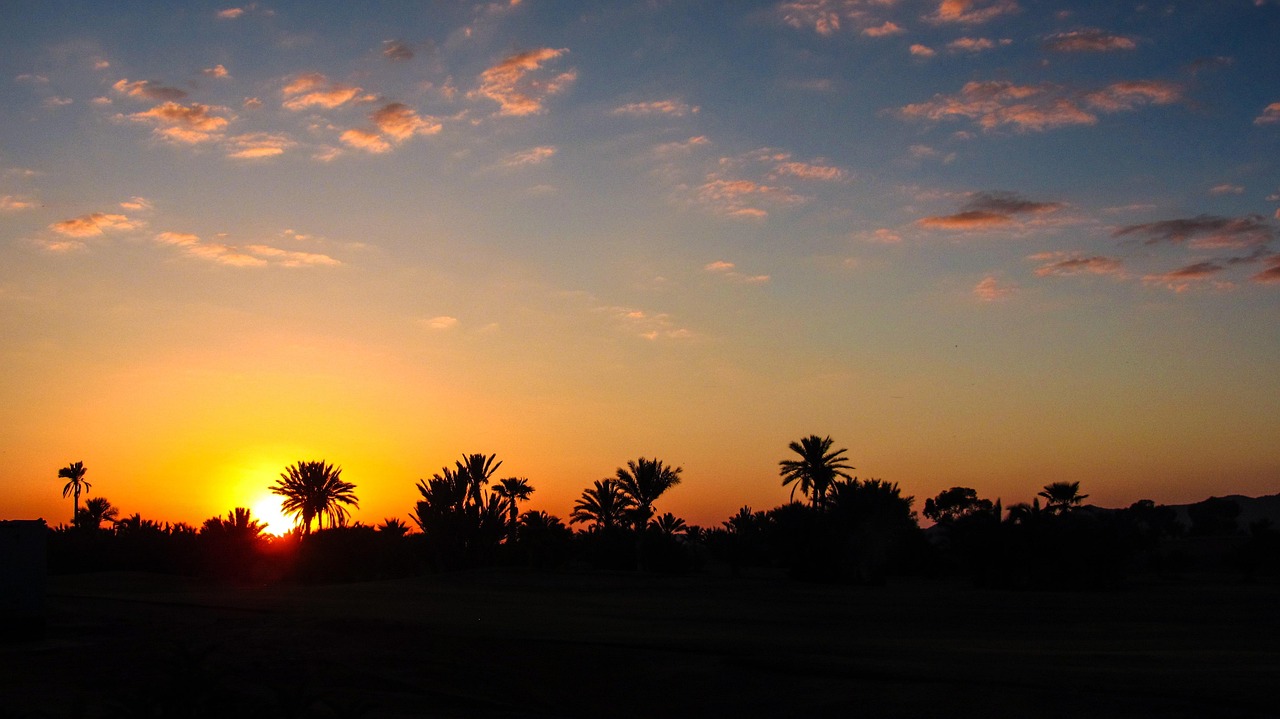
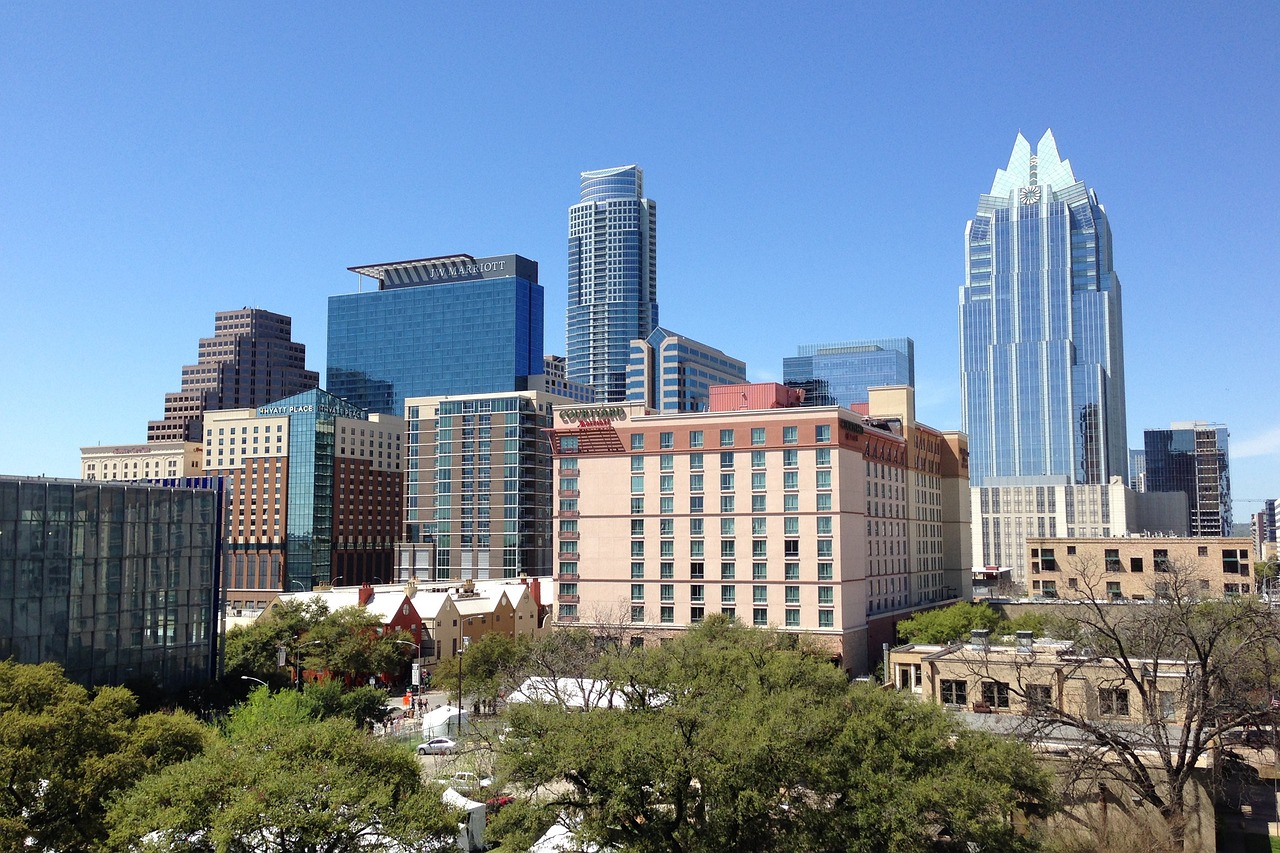
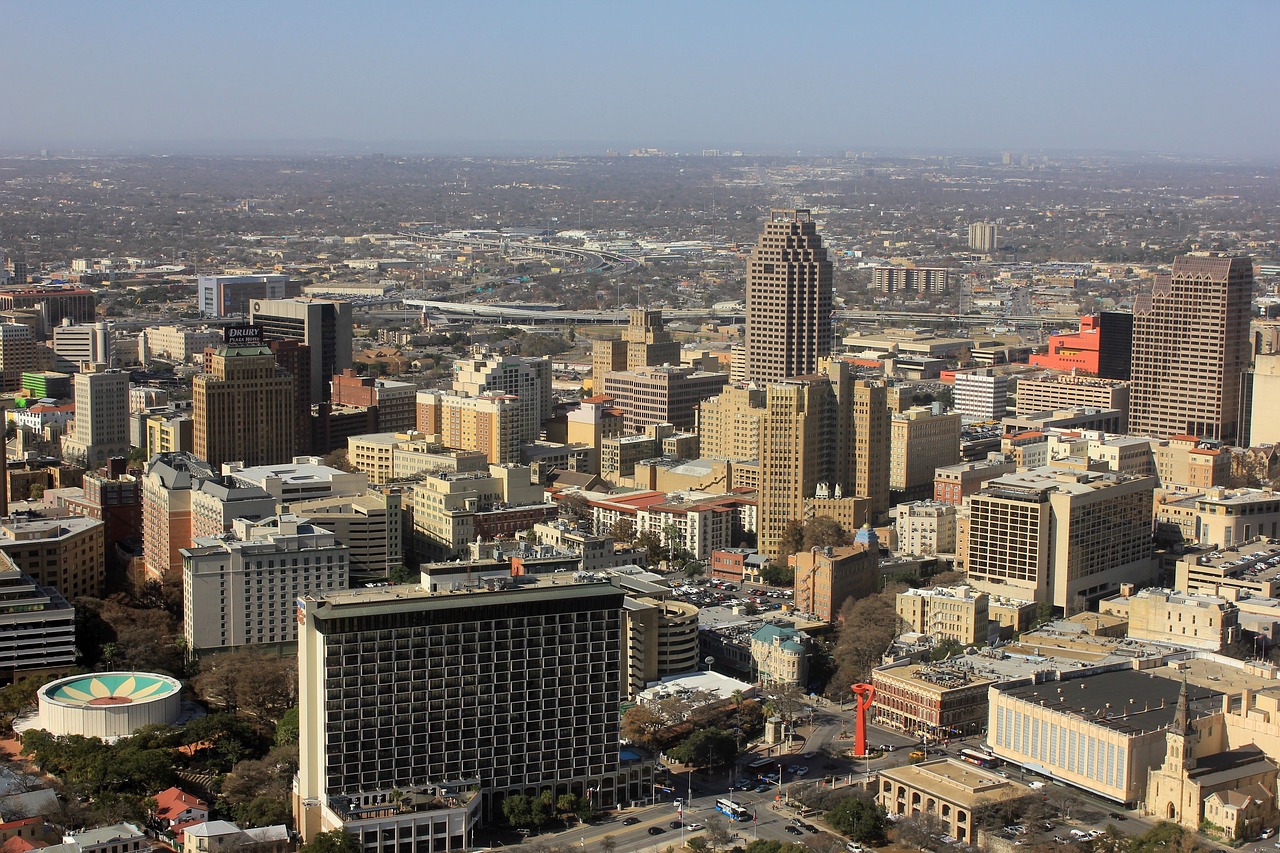
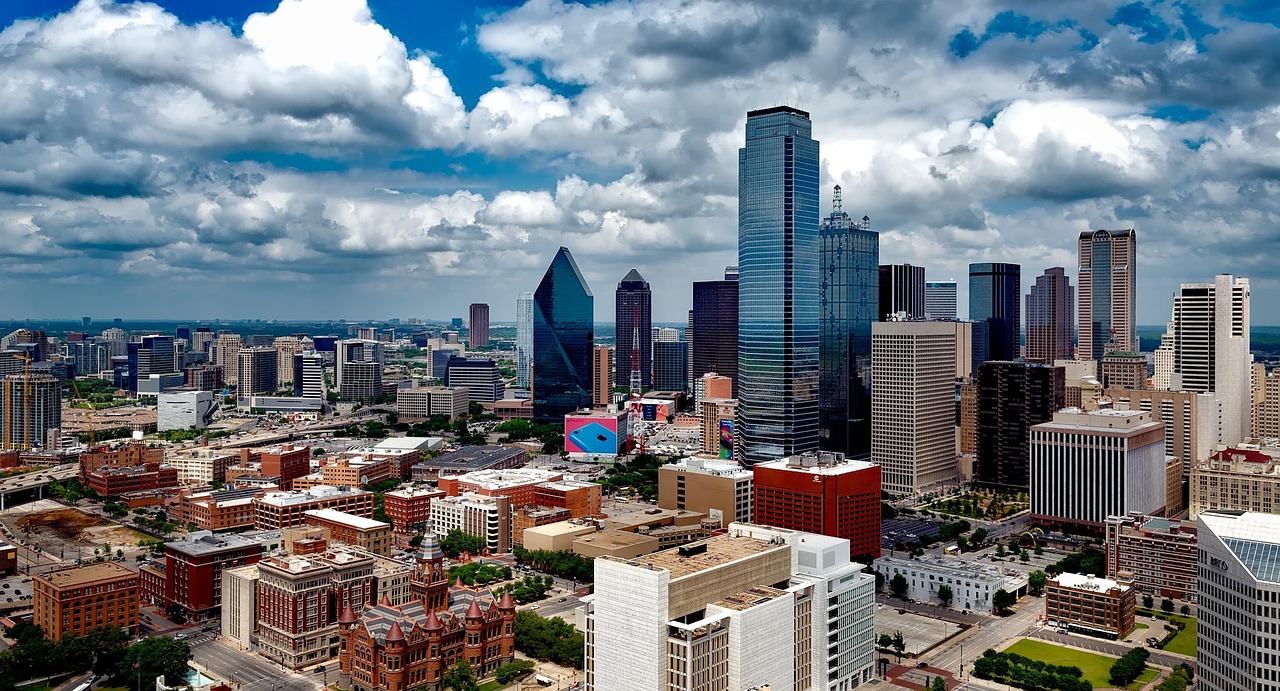
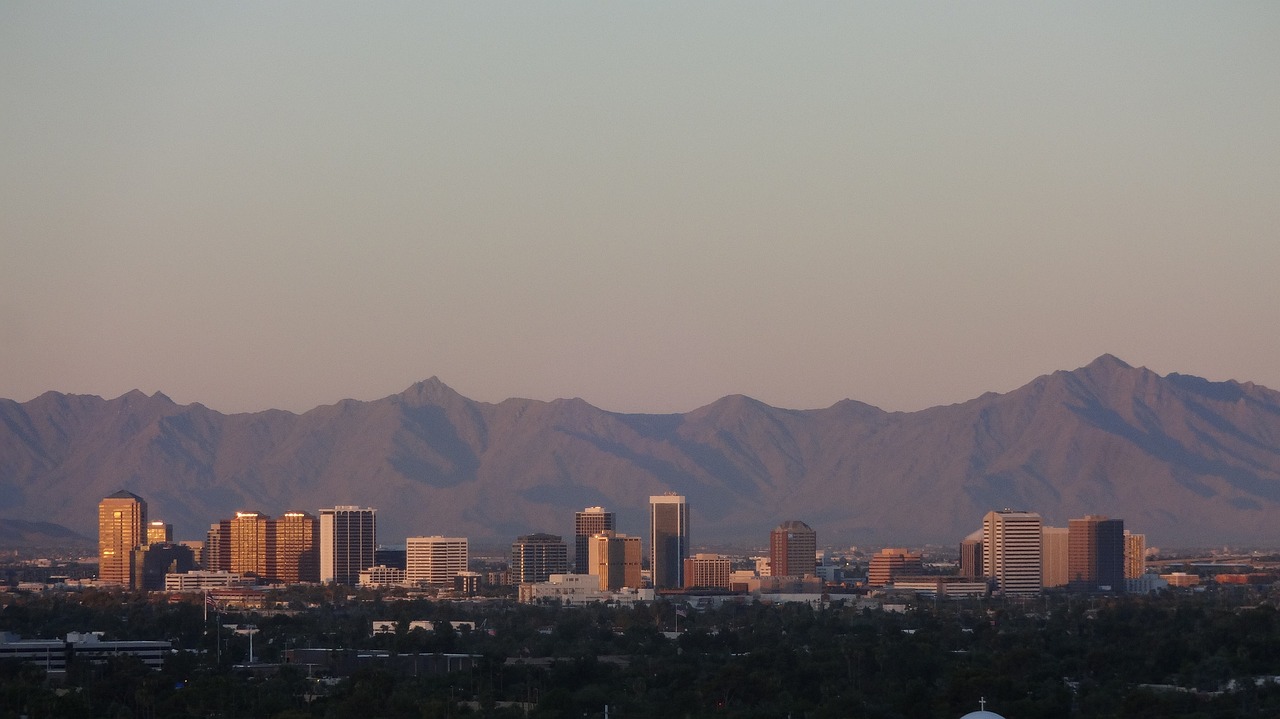

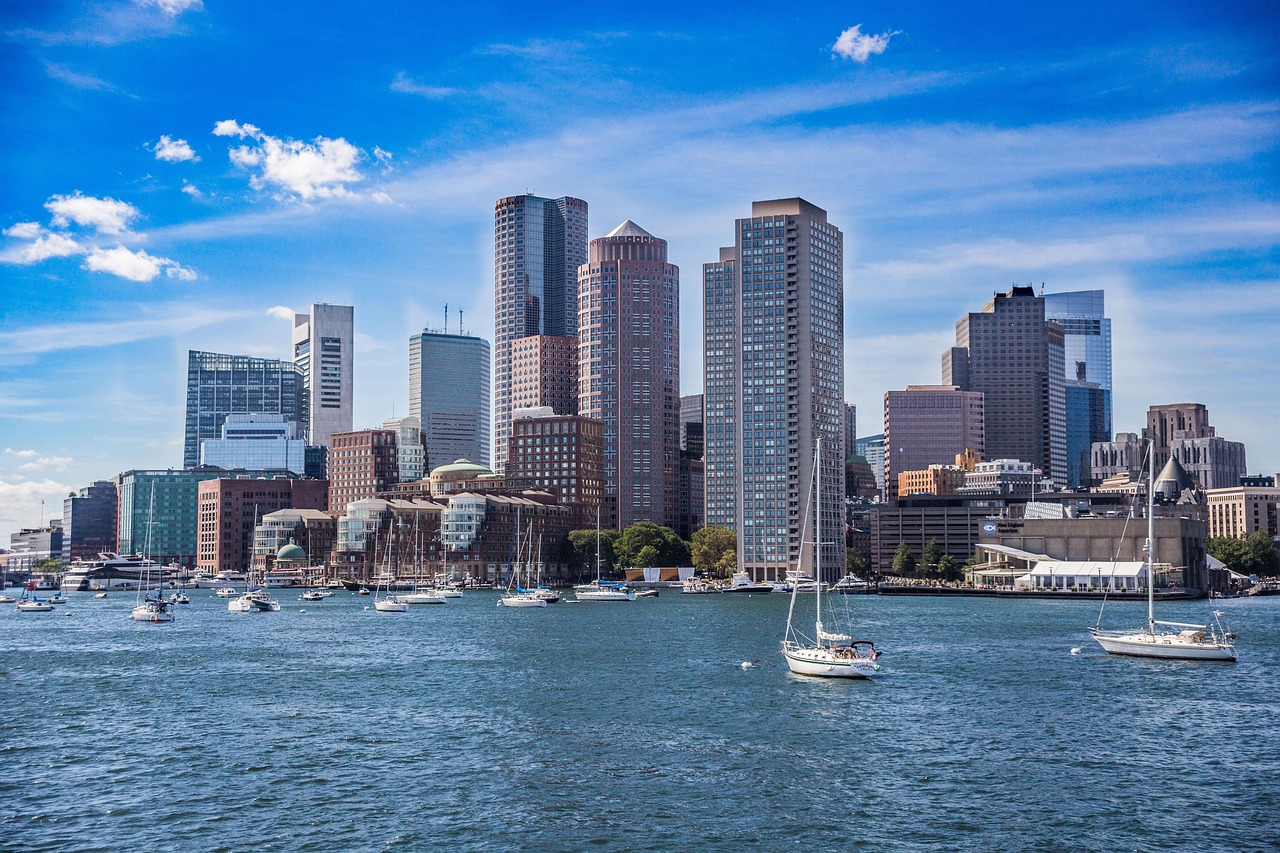
Leave a Reply